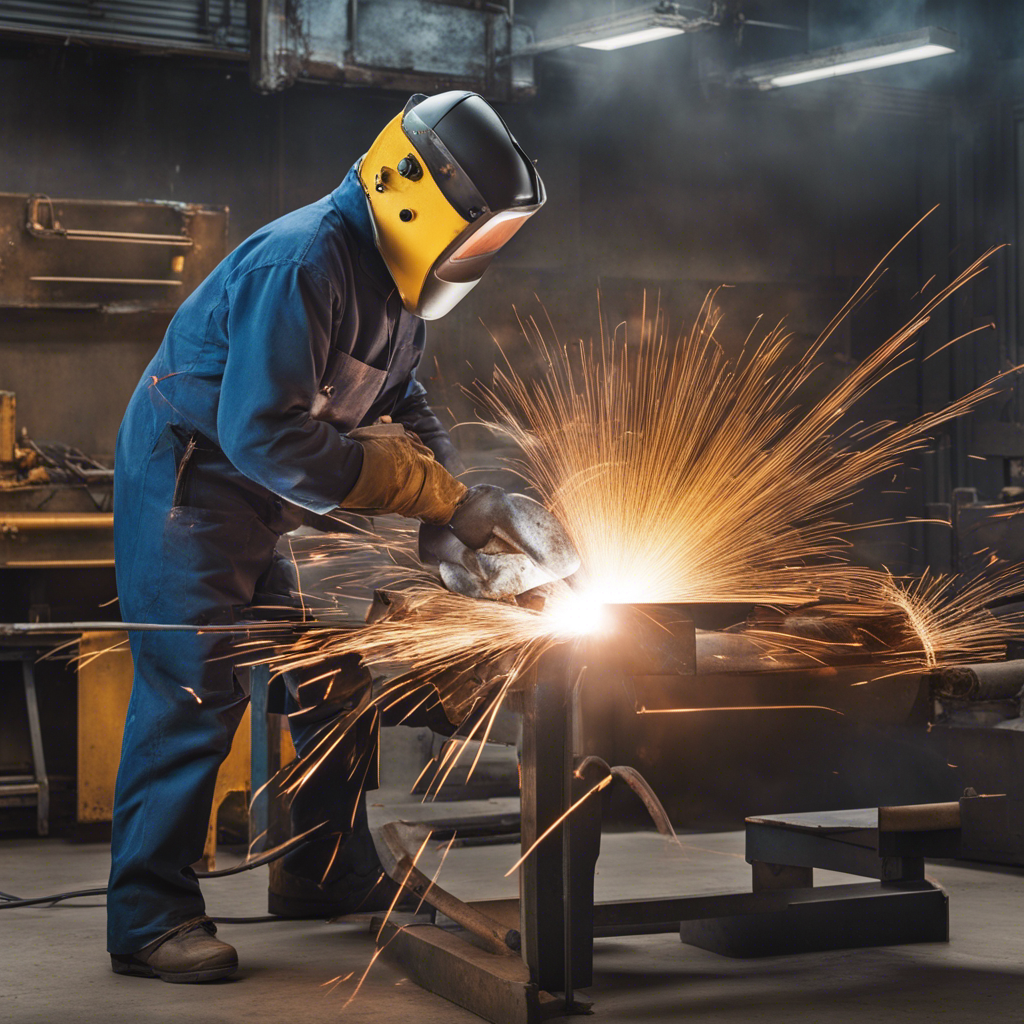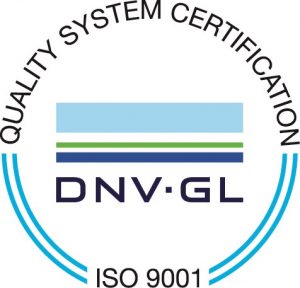Improve Your Craft: Essential MIG Welding Skills
Introduction
MIG welding, also known as Metal Inert Gas welding, is a widely used welding process that offers versatility, ease of use, and high-quality results. Whether you are a beginner or an experienced welder, understanding and improving your MIG welding skills is crucial for honing your craft and achieving professional-level results. In this comprehensive guide, we will delve into the essential skills required to become a master of MIG welding.
Section 1: Fundamentals of MIG Welding
Understanding MIG Welding: Definition, History, and Basic Principles
MIG welding involves the use of a consumable electrode wire, an inert gas shield, and a power source to create a strong and precise weld. It was first developed in the 1940s and has since become a popular method due to its versatility and efficiency. By understanding the basic principles of MIG welding, including the interaction between the electrode wire, the shielding gas, and the base metal, you will be better equipped to tackle various welding projects with confidence.
Essential Components and Equipment Used in MIG Welding
To perform MIG welding effectively, you need to familiarize yourself with the essential components and equipment involved. These include a welding machine, a power source, a wire feeder, a welding gun, shielding gas cylinders, and various safety equipment such as gloves, goggles, and a welding helmet. Each component plays a crucial role in ensuring a successful weld, and being well-acquainted with them will enhance your efficiency and overall welding experience.
Safety Precautions and Best Practices in MIG Welding
Safety should always be a top priority when engaging in any welding activity. MIG welding involves intense heat, bright arcs, and the emission of harmful fumes. Therefore, it is essential to adhere to strict safety precautions and best practices to protect yourself and others in the vicinity. This entails wearing appropriate protective gear, ensuring proper ventilation, and practicing safe work habits, such as maintaining a clean work area and regularly inspecting and maintaining your equipment.
Section 2: Key MIG Welding Techniques
Flat Welding: Concept, Application, and Skill Development
Flat welding is a fundamental technique in MIG welding that involves joining two flat pieces of metal along a horizontal plane. It requires a steady hand, control of the welding gun’s movement, and proper manipulation of the electrode wire, voltage, and wire speed. By mastering the flat welding technique, you will be able to execute clean and aesthetically pleasing welds, laying a solid foundation for your welding skills.
Vertical Welding: Learning The Technique and Improving Control
Vertical welding presents a unique set of challenges, as the welds are performed on an upright surface. It requires a higher level of skill and control compared to flat welding. By understanding the proper technique, adjusting the angle of the welding gun, and maintaining a consistent travel speed, you can achieve strong and visually appealing vertical welds, expanding your range of capabilities as a MIG welder.
Welding Overhead: Steps to Master the Advanced Skill
Welding overhead is considered one of the more challenging aspects of MIG welding. It involves welding joints located above the welder’s head, which can be physically demanding and require extra attention to detail. Proper body positioning, torch manipulation, and the ability to control the molten weld puddle are crucial for successful overhead welding. With practice and perseverance, you can master this advanced skill and open doors to more complex welding projects.
Summary
To master MIG welding, blend theory, hands-on experience, and ongoing learning. Understand fundamentals, refine techniques, prioritize safety, and strive for excellence to become a highly skilled MIG welder.
Whether you need something that sets you apart or something that integrates seamlessly into existing systems, Ogis Engineering can make it happen. Contact the team today to discuss your next project. Australian owned. Locally manufactured in Sydney.



